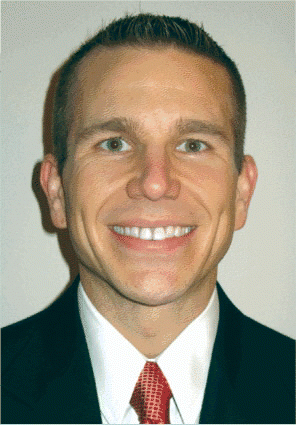The gland is then dissected off of the muscles of the tongue and floor of mouth. Posteriorly and laterally, dissection identifies the facial artery and vein branches involved in the gland, which are clipped and divided. After dissection of the anterior and lateral portions of the gland, the hypoglossal nerve should be identified inferior and lateral to the gland. The submandibular ganglion is identified and divided from the lingual nerve. The wound is then irrigated, inspected for hemostasis and intact neural and vascular structures, and closed with interrupted 4-0 chromic sutures, leaving a small opening posteriorly for blood efflux.
Explore This Issue
April 2009Five days of antibiotics to cover oral flora are given. The patient returns for postoperative evaluation in three weeks.
 The transoral excision of the submandibular gland avoids a neck incision and a subsequent neck scar. In addition, the transoral route may decrease volume loss in Level 1B of the floor of the mouth due to limited tissue disturbance.
The transoral excision of the submandibular gland avoids a neck incision and a subsequent neck scar. In addition, the transoral route may decrease volume loss in Level 1B of the floor of the mouth due to limited tissue disturbance.
-Ryan Kauffman, MD
Case Series Review
In his presentation, Dr. Kauffman reviewed a case series that involved nine patients who were managed by transoral surgery for treatment of recurrent sialidenitis/sialothiasis, benign cystic oral floor masses, or benign salivary gland masses.
The cases were attempted during the past 10 years, but most of them had been performed since February 2007. Eight operations were completely transoral, he said. The indications for surgery are the same whether the procedure is done in the traditional method or by the transoral approach.
The procedure is contraindicated in patients with suspected or proven malignant masses or an anatomic abnormality that could limit visibility within the oral cavity, he said.
We have found that transoral excision of the submandibular gland is a viable and safe approach, Dr. Kauffman said. The surgeries did not result in any permanent complications involving the facial, lingual or hypoglossal nerves, he said. He also noted that the patients did not experience any hemostatic complications.
Dr. Kauffman said that in the one procedure that could not be performed through the transoral route, surgeons were forced to convert to the open excision because of severe scarring and a 2.0 cm sialolith. Five of the nine patients were able to go home on the day of the surgery; two others went home after a 24-hour hospital stay.
Six of the patients were treated for chronic sialodenitis-and three of those patients had obstructing sialoliths, he said. The other patients had benign lesions: a ranula, and infected mucocele and a cystic teratoma. The patients ranged in age from 8 to 77 years; six were female.
Leave a Reply